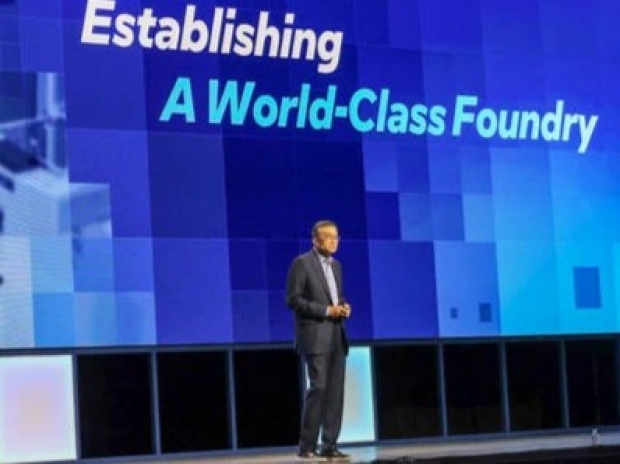The centrepiece of the pitch was the 18A node, set to begin shipping to customers later this year with volume production rolling out early next year. If you’re still counting, 18A is the fifth production node in five years. That’s something the former CEO Pat [kicking] Gelsinger liked to call “4N5Y” before he stepped down and handed the poisoned chalice to Tan.
Tan seems to be carrying on with Gelsinger’s general plan, only with fewer people on the payroll. No official numbers on headcount just yet, but the knives are clearly out in a bid to sharpen Intel’s bottom line.
He told the gathered throngs: “Bureaucracy kills innovation” and he plans to strip things down and empower smaller, sharper teams to make decisions.
The real test for Intel is not just making chips on 18A for itself, like the upcoming Panther Lake processor. It needs to persuade other chipmakers to trust Intel Foundry Services with their designs. It’s a tall order. Foundries only make money when they're running flat out, and building fabs is about as cheap as gold-plating a yacht. Intel will fill some of that capacity with its own gear, but not enough to keep IFS out of the red unless it can win some big third-party contracts.
Tan admitted as much, saying, “We had been too slow to adapt and to meet your needs. You deserve better, and we need to improve, and we will. Please be brutally honest with us.”
We already know 18A has hit the risk production milestone, which means the node is behaving mostly as expected. Intel says it's on time for volume next year, but until Panther Lake actually lands, the industry will remain in sceptical mode.
Tan made it clear he’s betting big on AI. “AI is not new, but with massive amounts of data available, you can really drive some new ways of learning, new ways of interpreting, and new ways to even forecast the future,” he said.
He said he loved Intel. "It was hard for me to watch it struggle. I simply cannot stay on the sideline knowing that I could help turn things around.”
What happens after 18A is still a bit of a mystery. Intel needs to show customers there's a roadmap beyond this node and that it’s not just a one-hit wonder. For now, though, the company is still stuck proving it can make 18A work and hoping someone else will want to use it too.




